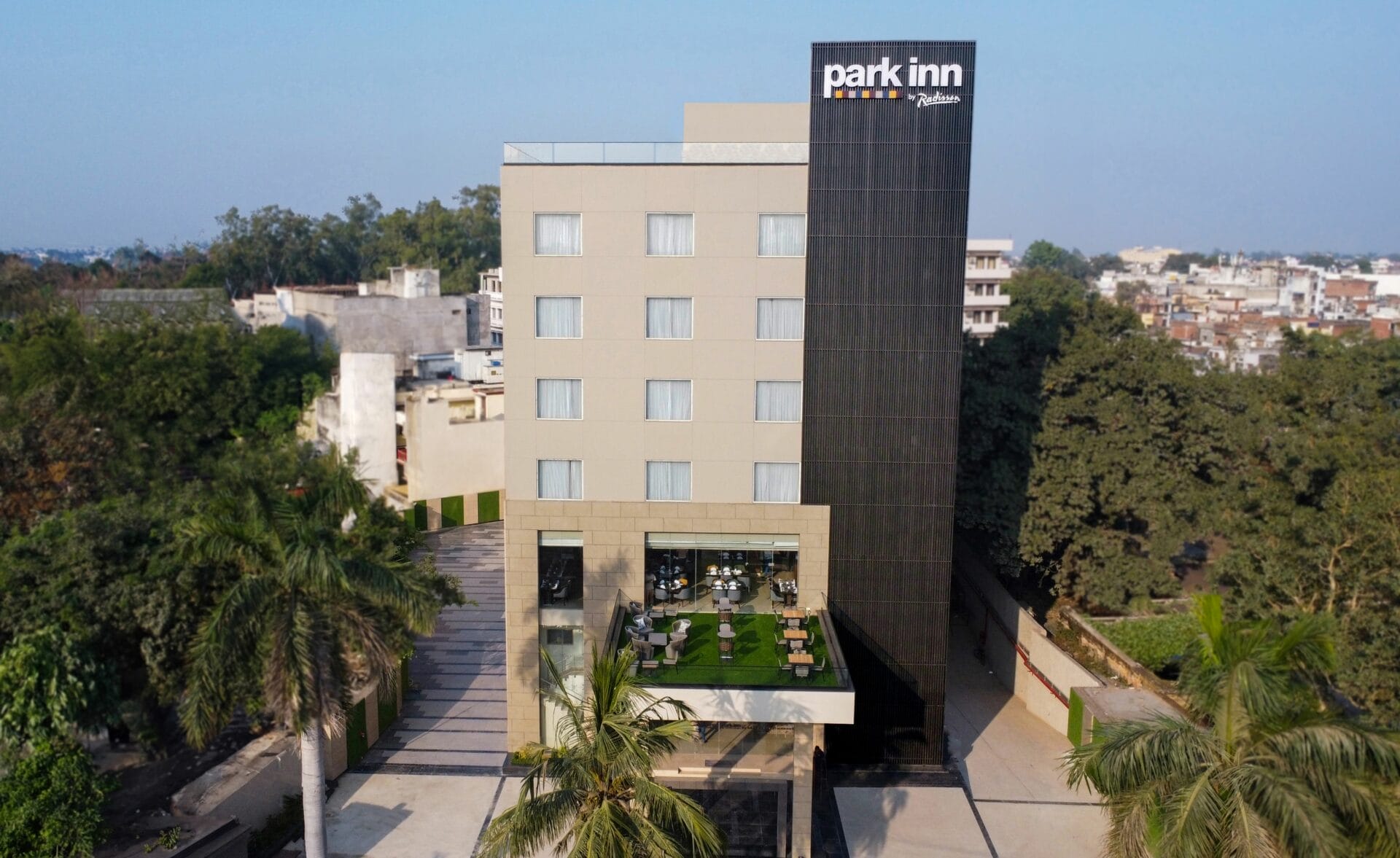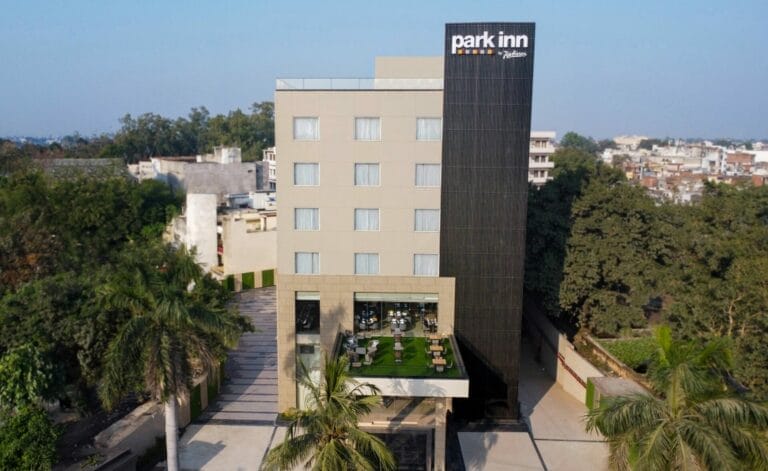Meet Ar. meenakshi umesh, the founder and head of multi-disciplinary practice mudhive, based in Dharmapuri district, Tamil Nadu. She works on different ideas and concepts which are the combination of sustainable and eco friendly ideologies.
She believes that good design is not only about designing something beautiful but also to make a difference in the society.

What inspired you to start doing eco-construction?
I am a firm believer that architecture is a lot more than concrete monsters. But before I started studying in JJ College mumbai, I never knew how much more.
It was during my 3rd year in college that I attended a 15 day training program from HUDCO with Lauri Baker. Visiting aurovile and meeting baker opened a new path for me in architecture. We can create more eco friendly and humane architectural style with just mud. Since then, my perspective on architecture has changed dramatically.
Now, instead of focusing on the physical structure of buildings, I make sure to include the people who will inhabit them and the environment around them in my work. It’s all about balance!
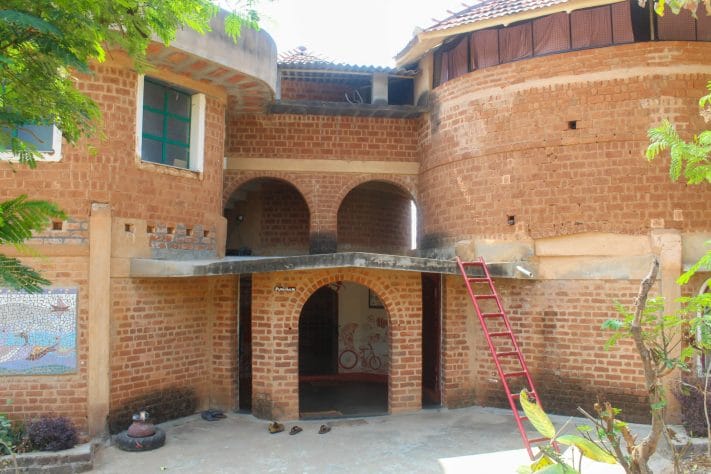
What Are the Biggest Challenges and Attractions of this architecture practice?
People are pushed to use concrete by advertisements, but mud housing can be more durable and last longer than concrete structures. With proper care and maintenance, mud housing can last for generations.
Mud housing can serve the necessity and also has many benefits. Some people still like to have mud houses knowing the benefits. Mud housing is easy to build compared to concrete buildings and is also more cost effective.
To make people in my region believe that mud is a strong material, we have been living in a G+1 mud house for 30 years. you just need to know how to treat dampness and termites.
Lauri baker says” A mud house must have a good hat( roof) and good shoes(plinth)”.
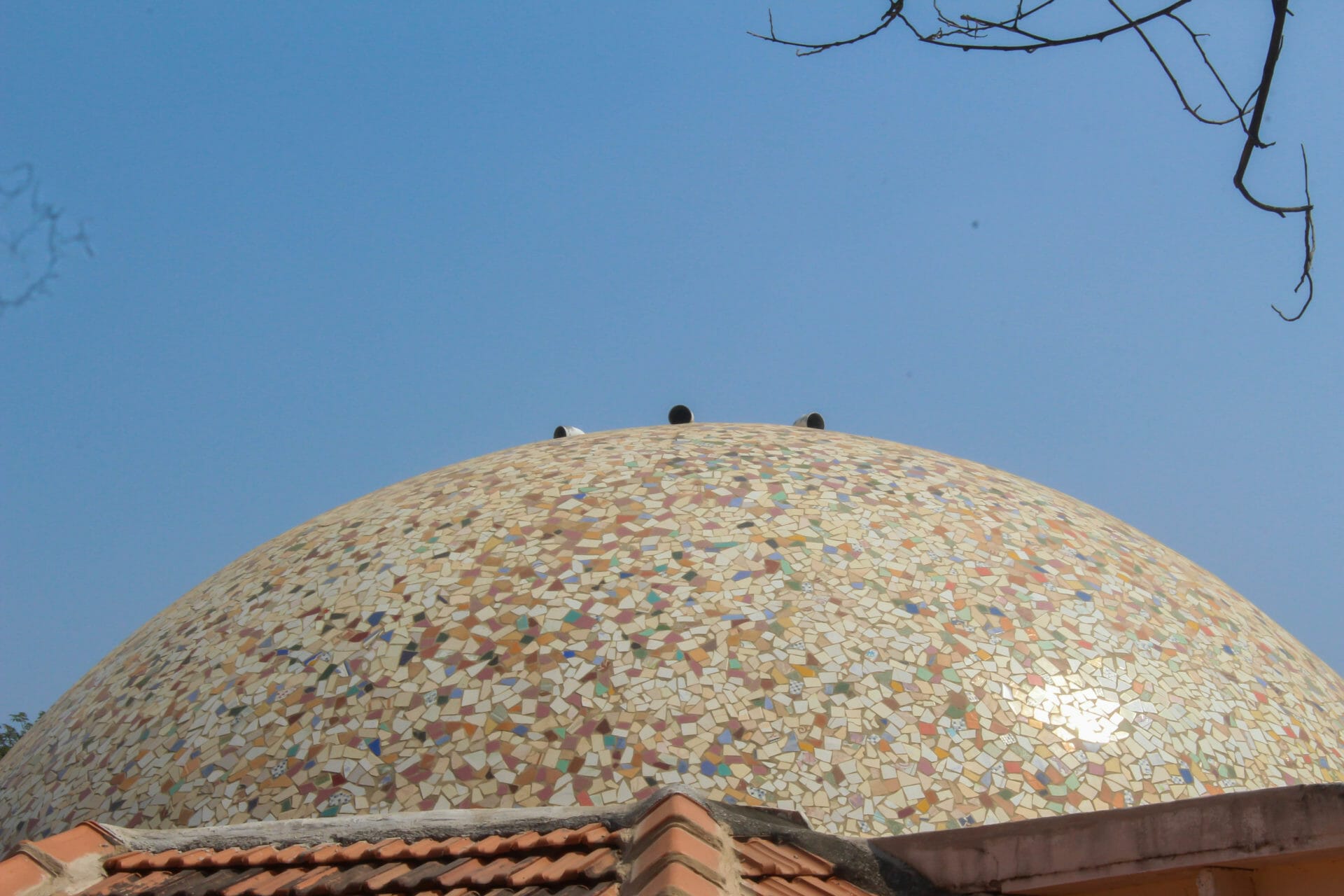
How do you work on the design process
I believe the design for the site happens through me. My team co-creates the design by listening to the language of the site. We spend most of our time on site understanding the sun, wind, slope, and water directions. Our job is to create a site that feels like it has always been there. The foundation of my team’s work is to build a strong relationship with the site’s natural attributes, and we are thorough in this process.
We find a lot of curved rooms and walls in your design, what is the design reason behind it?
Nature has gifted us a number of things. One of them is the curved structures. From tree trunk to the planet we live on, nature is full of curves. And that is what makes it beautiful.
While making buildings, developers want to make them more appealing. But they don’t realize that large rectangular walls are comparatively less stronger than curves.Curved walls can provide strength to the building as well as give it an aesthetic appeal.

How are stairs constructed in your buildings? Do you use concrete or any other material? Can you explain the mechanism behind it?
The problem with using cement to build mud houses is that it takes away from the uniqueness of mud. I’m not saying that cement is bad, it’s just that we try to use it minimally in our projects. Mud bricks are a more sustainable building material, and they’re more environmentally friendly. We typically only use cement for beams, plinths, and roofs.

When coming to stairs, after many trial and errors we found a method to build stabilizeed steps for mud houses. Precast slab in ‘L’ shape that are 2” thick and made of concrete. They are laid simultaneously as the wall is built and are fixed inside the walls.
How do you treat the landscape of the site
We focus on creating gardens that are sustainable and functional. We provide designs that are sensitive to the landscape and work with the conditions of the site to create a garden that is both beautiful and productive.
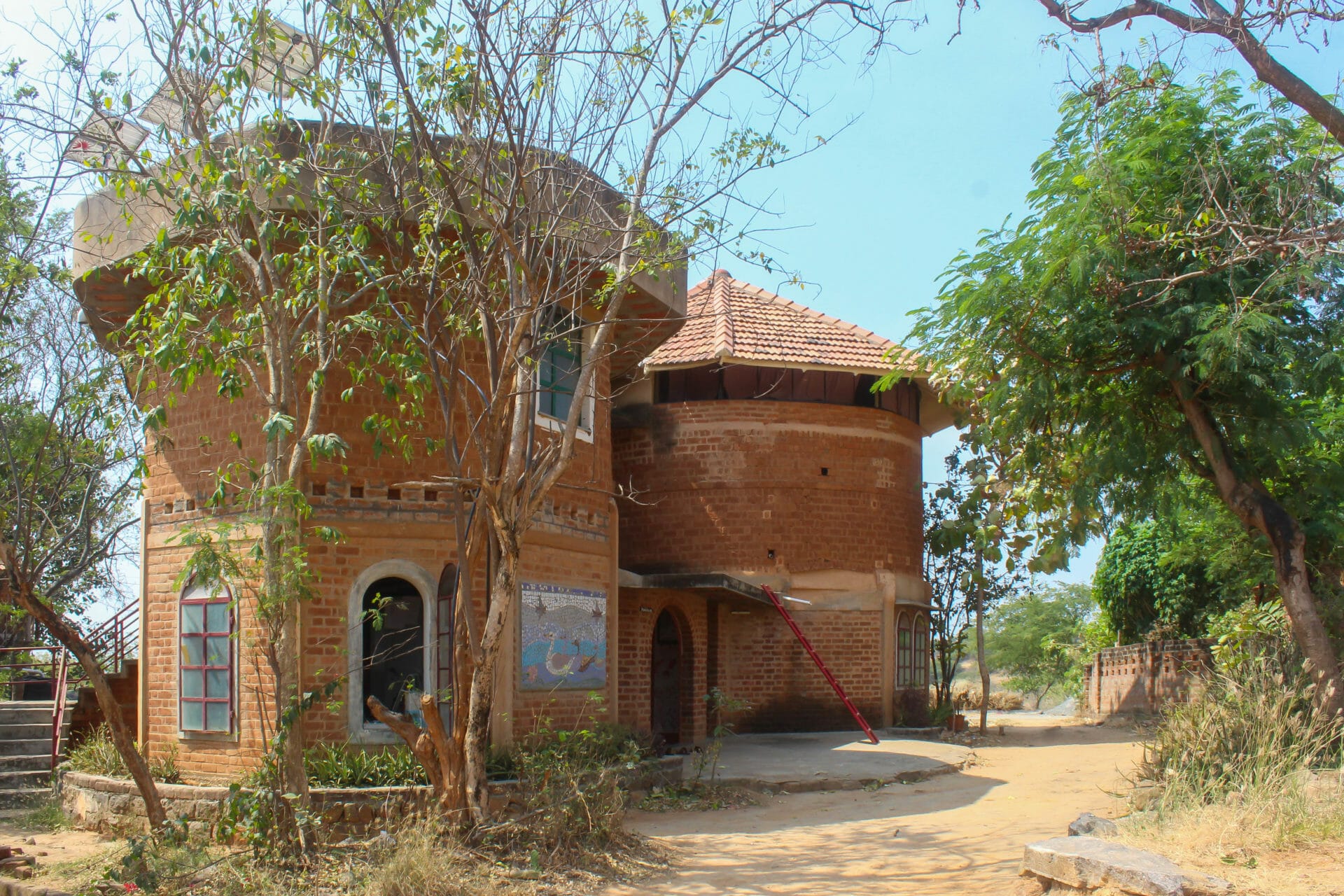
We believe that a garden should be tailored to the needs of the client and designed for the conditions of the site. We use plants and trees that are adaptable to your site but also useful for your lifestyle.


